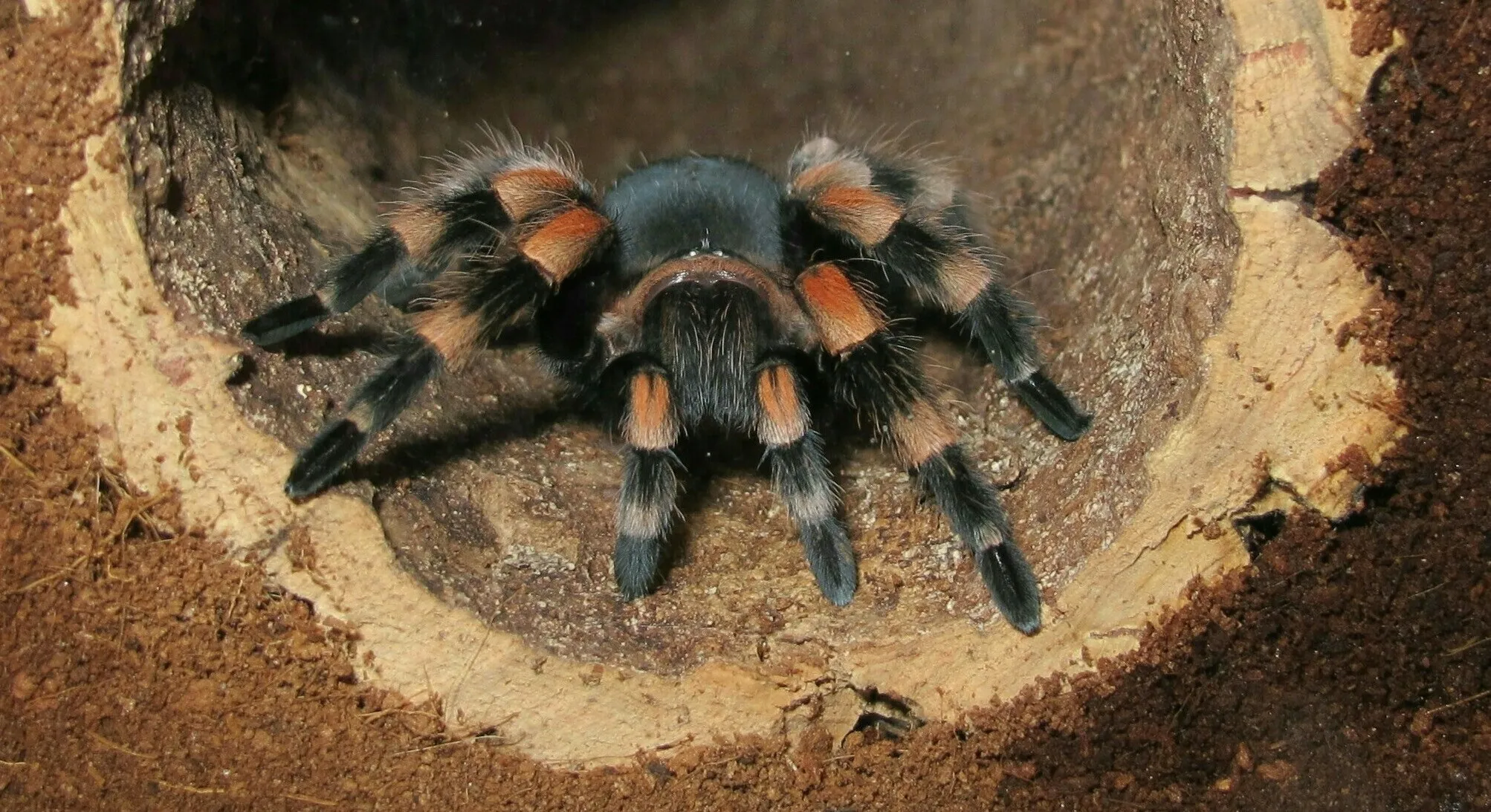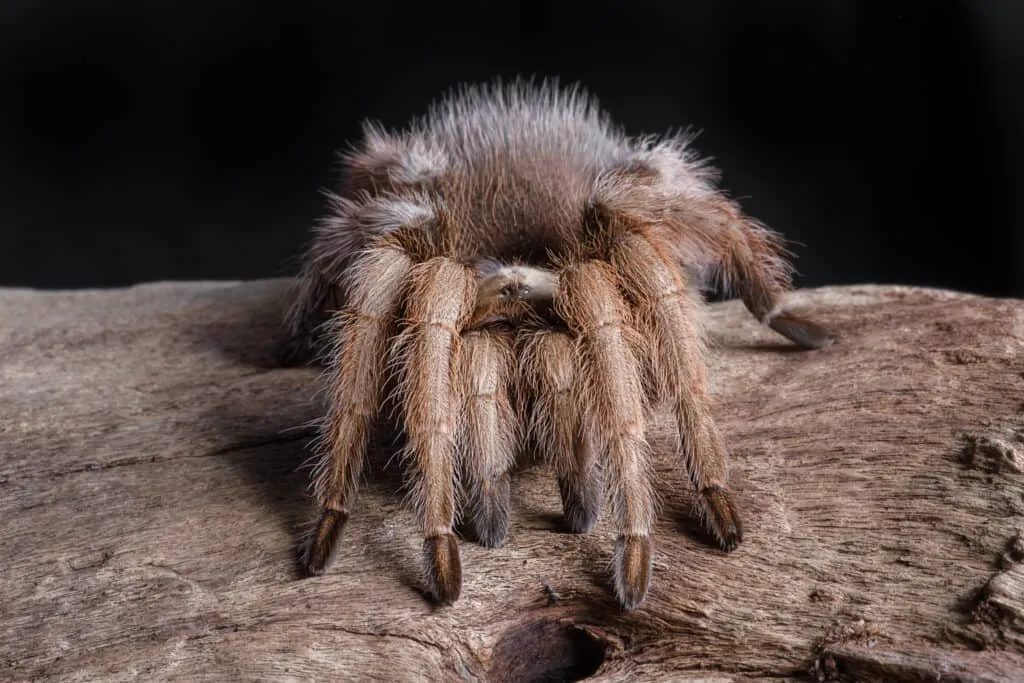Tarantula Life Span Overview
The world of tarantulas is fascinating, and one of the most common questions people have concerns their lifespan. Unlike many other pets, tarantulas can live for a surprisingly long time, especially in captivity. Understanding how long a tarantula can live is crucial for any potential owner, allowing them to make an informed decision and prepare for the long-term commitment involved in caring for these captivating creatures. The duration of their lives is influenced by several factors, including species, gender, and the conditions they live in, making it a complex but intriguing topic to explore. Knowing about tarantulas is vital to provide the best possible care to ensure they thrive.
Factors Affecting Tarantula Lifespan
Several factors significantly influence a tarantula’s lifespan. Providing optimal conditions is paramount to help these arachnids thrive and reach their full life potential. The most important factors include the species of tarantula, their diet and nutrition, and the environmental conditions of their enclosure. Each aspect plays a crucial role in determining how long your tarantula will be with you. These factors affect their health and well-being in a significant way and can drastically change how long a tarantula lives.
Species Differences in Tarantula Longevity

Different tarantula species have vastly different lifespans. Some species, such as certain New World tarantulas, are known for their longevity, with females capable of living for over 20 years. Others, particularly the more common species, may have shorter lifespans. Researching the specific species you are considering is essential. This information will help you understand what to expect regarding your tarantula’s life and allow you to plan accordingly. Some tarantulas may only live for a few years, while others can become a part of your life for a very long time.
The Role of Diet and Nutrition
A tarantula’s diet and nutrition are critical components of its health and lifespan. Providing a varied and nutritious diet is essential for keeping your tarantula healthy and helping it to live as long as possible. This typically involves feeding them insects, such as crickets, mealworms, or roaches. Ensure these insects are gut-loaded, which means feeding them nutritious food before offering them to your tarantula. Supplementing their diet with vitamins and minerals may also be beneficial. Proper feeding habits and nutrition contribute to a longer, healthier life. Remember that overfeeding can also be detrimental, so research the dietary needs of your specific tarantula species.
Impact of Environmental Conditions
The environment where your tarantula lives has a significant impact on its lifespan. The enclosure should mimic the tarantula’s natural habitat as closely as possible, including temperature, humidity, and substrate. Maintaining the right temperature and humidity levels is essential for molting and overall health. A well-maintained environment reduces stress and the risk of diseases. Provide a secure and appropriately sized enclosure, and regularly clean it to prevent the buildup of waste and bacteria. Ensuring optimal conditions makes a significant difference in your tarantula’s longevity.
Gender Differences in Tarantula Lifespan

Gender is another significant factor influencing tarantula lifespan. Generally, female tarantulas live much longer than males. This difference is primarily due to their different reproductive cycles and overall physiology. Male tarantulas tend to mature faster and have a shorter lifespan.
Male Tarantulas
Male tarantulas typically live shorter lives than females. Once a male tarantula reaches maturity, they will begin to search for a mate. After mating, they may live for a few months but often die shortly thereafter. The physical strain of mating, coupled with the fact that they often stop eating during this period, takes a toll on their bodies, ultimately affecting their lifespan. They also have a shorter lifespan overall.
Female Tarantulas
Female tarantulas can live for many years, sometimes exceeding two decades. They continue to molt throughout their lives, which is essential for their growth. The longer lifespan of female tarantulas makes them a long-term commitment for any pet owner. Proper care and a healthy environment are crucial to help your female tarantula reach her full life potential, allowing you to enjoy her company for a long time.
Common Myths About Tarantula Lifespans

Several myths surround tarantula lifespans. One common misconception is that all tarantulas live equally long. As discussed, this is far from the truth, as different species have varying lifespans. Another myth is that tarantulas require a lot of maintenance, which is partially untrue, as the setup and environment can be easily maintained with regular cleaning. Dispelling these myths is essential to understand the reality of tarantula care and management. Accurate information helps prospective owners prepare for the responsibilities involved.
How to Care for a Long-Lived Tarantula
Caring for a long-lived tarantula requires dedication and a thorough understanding of their needs. This involves creating an ideal habitat, providing the right nutrition, and performing regular health checks. These steps can ensure your tarantula lives a long, healthy, and fulfilling life. The right approach allows you to enjoy your tarantula for many years to come.
Creating the Ideal Habitat
The ideal habitat for a tarantula closely mimics its natural environment. This involves choosing an appropriately sized enclosure, considering the species. The enclosure should have proper ventilation, a substrate suitable for burrowing (if the species requires it), and appropriate temperature and humidity levels. Providing hiding places, such as cork bark or artificial plants, can also make your tarantula feel secure. Maintaining the right environment is critical for the tarantula’s health and longevity, promoting overall well-being and reducing stress.
Proper Feeding and Hydration

Regular feeding is essential for your tarantula. The frequency of feeding depends on the tarantula’s age and species. Juvenile tarantulas often need to be fed more frequently than adults. Ensure the food items, usually insects, are of appropriate size. Provide fresh water in a shallow dish at all times to prevent dehydration. Overfeeding is as detrimental as underfeeding, so it’s important to research the feeding habits of your particular species.
Regular Health Checks
Performing regular health checks can help you detect any potential problems early. Watch for signs of illness, such as a loss of appetite, lethargy, or unusual behaviors. Observe molting cycles, as this is a critical process for growth. Ensure your tarantula has adequate access to fresh water, and monitor the enclosure’s temperature and humidity to ensure they are within the appropriate range. Addressing any issues promptly can significantly impact your tarantula’s health and contribute to its long lifespan. Consult with a vet if you have any concerns.
Conclusion
Tarantulas can indeed live surprisingly long lives in captivity, with females of certain species living for over 20 years. The lifespan of a tarantula is influenced by several factors, including species, gender, diet, and environmental conditions. By providing proper care, including a suitable habitat, balanced nutrition, and regular health checks, you can significantly increase the likelihood of your tarantula living a long and healthy life. Understanding these facts is crucial for potential owners, ensuring they are prepared for the commitment and can provide the best possible care. Enjoying the fascinating world of tarantulas can bring you many years of enjoyment.
